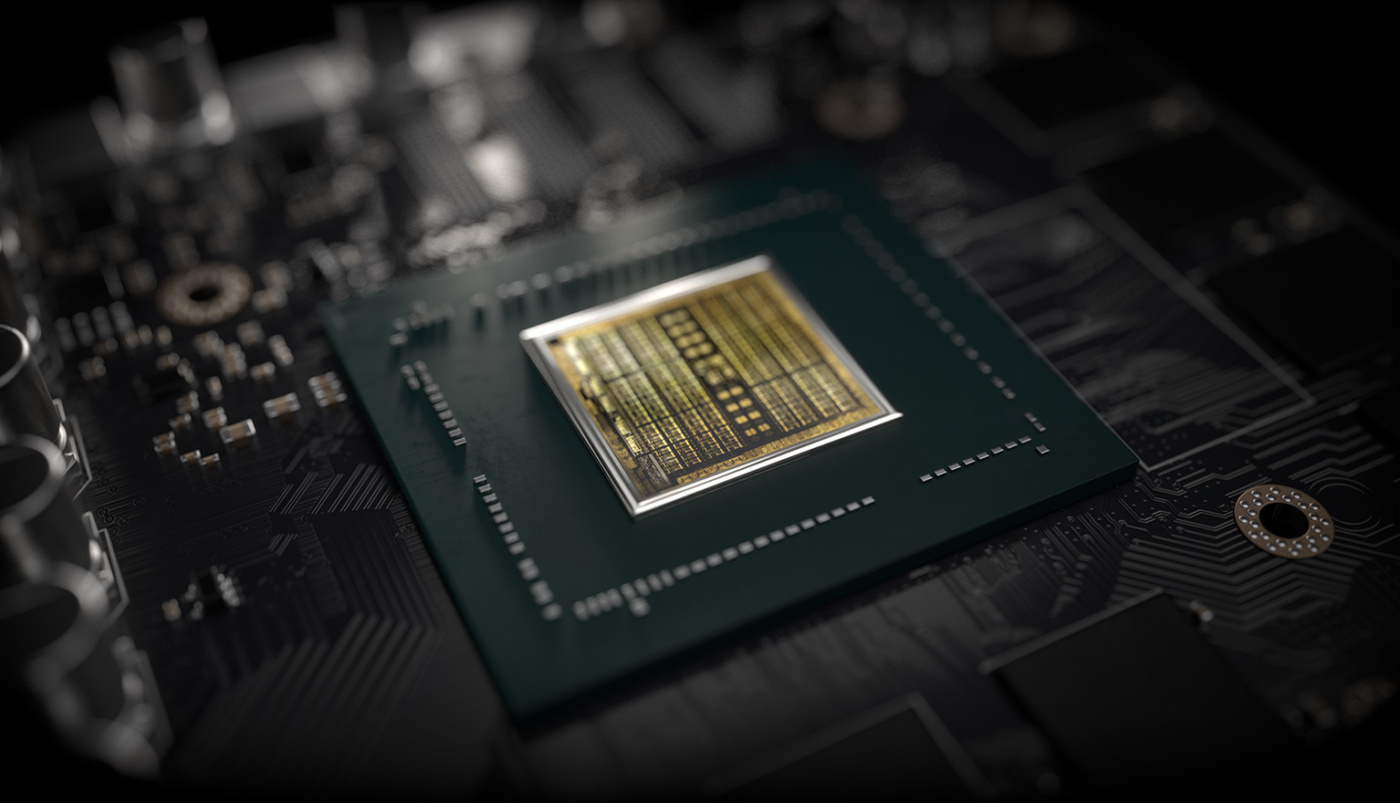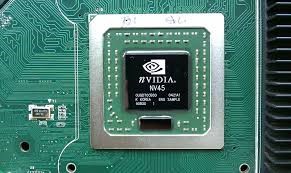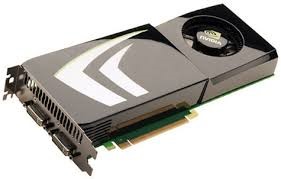The release of NVidia’s RTX series of computer graphic cards caused a big hullaballoo. This marked the advent of its new Turing architecture that is meant for the high-end gaming market. The company began its first step towards the departure from the former Pascal architecture.
What’s more, the new RTX cards come with an innovative feature known as ray tracing. This is arguably the biggest reason why these cards raised many eyebrows. AMD is NVidia’s biggest rival in the GPU industry. These are the only two mainstream manufacturers of graphic cards in the whole world. So, people have been wondering what AMD has in response to NVidia’s new technology.
What Is Ray Tracing?
Without any further ado, ray tracing is a computing technology in which the rendering of shadows and other effects of light are simulated to be as realistic as possible. GPUs are computer components aimed at enhancing the quality of graphics in applications such as games of graphic design applications. With a high-quality graphics card, you can enjoy your games in the highest quality, and you can also enhance the vibrancy and appeal of your creative computer-aided designs.
Nevertheless, ray tracing is still a new technology, and most of the current computer games have not yet been optimized to harness its full potential. Only a few games released in 2018 and 2019 can use some ray-tracing effects. Examples include Battlefield V and Metro Exodus. What’s more, the simulation of each light-ray and meticulously tracking its path from a given source consumes many computing resources. Therefore, to enjoy the full-effects of ray tracing as an end-user, you need to invest in very expensive computer hardware with the requisite capabilities.
As such, ray tracing is more commonly used in the television and film industry to create TV shows, movies, and 3D animated shows. The reason is that media owners have the financial muscle to purchase or hire industrial-grade server hardware or cloud computing resources that are highly effective in this task. The situation is similar to a student who is poor in writing and does not properly understand a subject, yet they have the money to purchase high-quality academic writing help.
The Race for GPU Market Dominance
The introduction of ray tracing in the video game industry has resulted in a fierce two-horse race between AMD and NVidia. NVidia’s Turing architecture left AMD lagging with their slightly dated Vega architecture unveiled in 2017. This has left AMD scratching its head trying to figure out which move to take in response to NVidia.
At first, AMD seemed to dismiss the craze about ray tracing. They stated that they would rather wait until the technology is cheap enough for the masses. At present, NVidia’s RTX series cards cost an arm and a leg, not forgetting that you also need a powerful CPU and large amounts of RAM. What’s more, the gaming industry is just warming up to the implementation of this technology.
However, in 2019, AMD seemed to have changed tactics. They introduced their next generation of graphics cards under the codename Navi to compete with NVidia. AMD released the Navi 10 series of graphic cards in mid-2019. These are mid-range GPUs that support ray-tracing. Nevertheless, they cannot offer enough competition to their rival’s RTX series GPUs. They are not powerful enough to render the full effects of ray tracing. A lot more computing capacity is required. On the other hand, RTX cards come with some hardware components dedicated to ray tracing.
One good thing is that the next generation of the PlayStation console, i.e., PlayStation 5, will use AMD’s Navi 10 GPU. The reason is that the console provides more room for particular hardware optimizations that reap the most out of this technology. Sometime in mid-2019, the company announced a better version of their Navi GPUs. This was the Navi 20 series targeted at PC gamers.
AMD intends to start releasing its Navi 20 series sometime in the year 2020. As such, they will be able to cater to both console and high-end PC gamers. As such, they will be in a better position to effectively compete with NVidia. However, whatever the outcome, the biggest winner will be the consumer. The current cards from NVidia with ray tracing ability are still too expensive for the average gamer. Stiff competition will see a significant drop in prices, making these GPUs more accessible to the average user.




